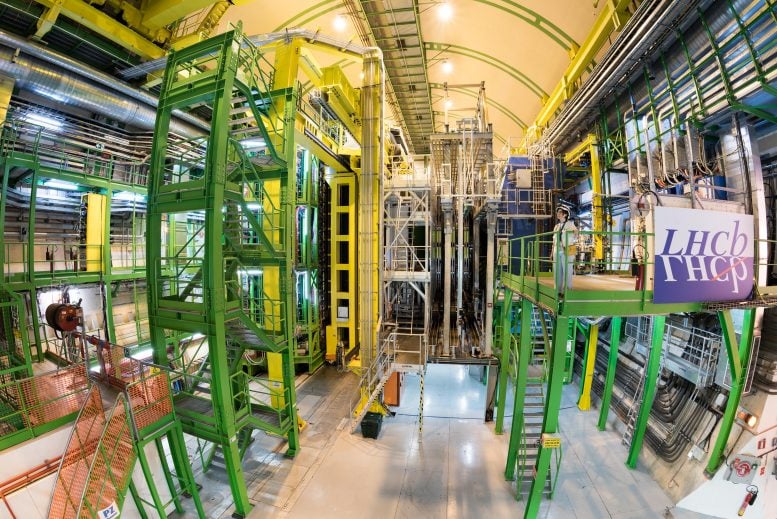Scientists may have found a solution to one of the most profound questions in cosmology: What drove the Universe’s rapid expansion immediately after the Big Bang?
“According to what we call ‘standard’ cosmology, our universe is and has been expanding at different rates throughout its history,” explained Humberto Gilmer, a postdoctoral researcher at Brown University and one of the authors of the study, in an email to Advanced Science News.
“To understand this expansion, think of a muffin with some blueberries embedded in it; as the muffin bakes, these blueberries, which aren’t moving in the batter, still move relative to each other because the whole muffin is expanding. In a nutshell, that’s how our universe behaves. Inflation, then, is a period when that expansion happened extremely rapidly. But how do you get such a period? That’s an open question we sought to answer.”
Their new findings suggest that the Higgs boson, a particle discovered in 2012 at the Large Hadron Collider, might be the culprit and could have played a pivotal role in this process.







